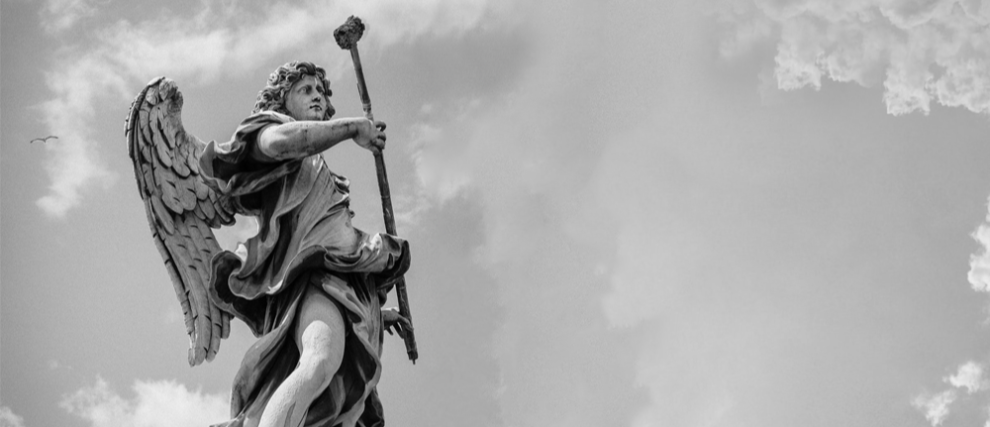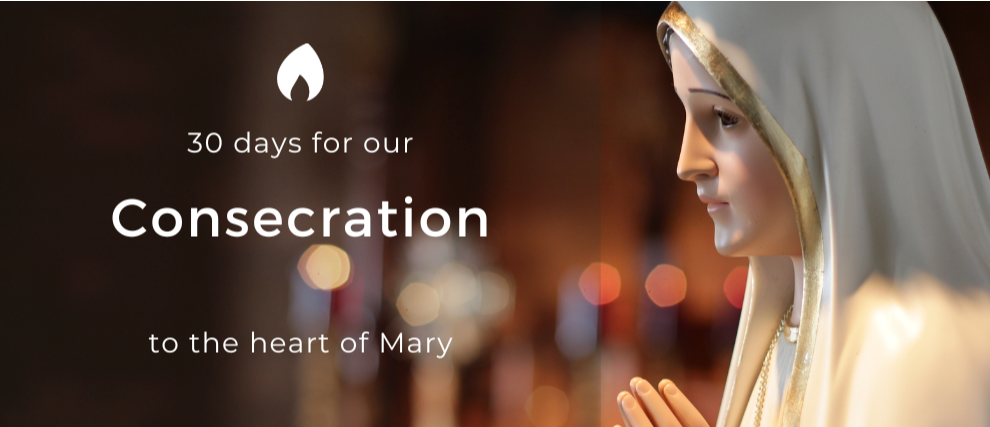Saint Bridget of Sweden
Biography of Saint Bridget of Sweden
Bergitta Birgersdotter was born in 1303 in Finster, Sweden, her parents belonged to noble families close to the royal house and lived with strong faith. In 1318, she married Ulf Gudmarson, governor of an important territory of the Kingdom of Sweden. Together they had eight children, including Saint Catherine of Sweden.
Bridget had a spiritual father, a learned religious man who introduced her to the study of the Scriptures; she endeavored to make her family grow in holiness. She and her husband adopted the Rule of Franciscan Tertiaries. Bridget practiced charity towards the poor and founded a hospital where she herself treated the sick. With his wife, Ulf made progress in spiritual life, in 1341, they made the long pilgrimage to Santiago de Compostela together. Shortly after their return in 1344, Ulf, who had retired to a monastery, died. Bridget devoted herself fully to her religious life in prayer, penance and charity. She settled in the Cistercian monastery of Alvastra or began the divine revelations that would last her whole life. In 1346, she founded the convent of Vadstena and instituted a new order: the Order of the Holy Saviour, the nuns, also called “Brigittines”, followed the rule of Saint Augustine.
In 1349, Bridget went on a pilgrimage to Rome for the Great Jubilee of 1350 and to ask the pope for approval for her newly established order. She settled permanently in Rome and devoted herself for twenty years to a life of apostolate and prayer, her daughter Catherine joined her and participated in her works. Bridget made many pilgrimages to Italy and went to Assisi in the footsteps of Saint Francis, whom she particularly venerated. In 1371, Bridget realized her great dream: to make a pilgrimage to the Holy Land. She left for Jerusalem and visited the holy places. There, she receives revelations concerning the birth, the life and the painful Passion of Jesus as well as about the Holy Family, the Blessed Virgin and the nascent Church.
Bridget worked hard for the return of the pope, then exiled to Avignon, to the see of Saint Peter in Rome. It is only after his death that Pope Gregory XI will return definitively to the Eternal City. Bridget died in Rome on July 23, 1373, where she was provisionally buried. In 1374, her children Birger and Catherine brought her back to Sweden, to the monastery of Vadstena, seat of the religious order founded by Saint Bridget. The order immediately underwent a remarkable expansion and many miracles occurred. In 1391, Pope Boniface IX canonized Bridget. John Paul II proclaimed her co-patroness of Europe with Saint Catherine of Siena and Edith Stein (Saint Teresa Benedicta of the Cross). Saint Bridget of Sweden is celebrated on 23 July.
Heavenly Revelations to Saint Bridget of Sweden
Saint Bridget of Sweden is known for her prophecies and mystical revelations. At the age of seven, she saw the appearance of the Blessed Virgin, who presented her with a magnificent crown. Therefore, she resolves to do everything out of love for Jesus to deserve it. At the age of 11, Christ appeared to her covered in blood and wounds, weeping with compassion, and she said to him: “O Jesus, who has done you so much harm? Jesus answered him, “These are the ones who reject me and despise my love.” From then on, Bridget sought by all means to console.
The heavenly revelations of Saint Bridget form a set of eight books, entitled Revelations. To these books is added a supplement entitled Additional Revelations. These writings have varied content and style. Some revelations are in the form of dialogue between Bridget and one of the Trinity, the Virgin Mary, the saints, or the demons. At other times, the saint tells the story of a particular vision, at other times the revelations tell the story of what the Virgin Mary reveals to her about the life and mysteries of her Son. Regarding the value of the Revelations of Saint Bridget, Saint John Paul II says: “In recognizing Bridget's holiness, the Church, without however pronouncing on the various revelations, accepted the overall authenticity of her inner experience.”
The themes frequently discussed during the revelations are:
- The Passion of Christ for which Bridget always had a privileged devotion. The revelations give many details of the Passion that allow us to contemplate God's infinite love for men. For example, the Lord said this moving word to him: “O my friends, I love my sheep so dearly that, if it were possible, I would rather die as many times for each of them of death as I suffered for the redemption of all, than be deprived of it.”
- The painful motherhood of Mary: In this way, the Blessed Virgin is a Mediator and Mother of mercy.
Prayers to Saint Bridget of Sweden
The Fifteen Prayers of Saint Bridget of Sweden
It was in the Basilica of Saint Paul Outside the Walls, in Rome, that Jesus addressed Saint Bridget, through a crucifix that is still present today in this church. Jesus came to entrust him with the “Fifteen Oraisons” which confirm the immensity of his martyrdom and sacrifice. Jesus said to Saint Bridget, “I received 5,480 blows in my body. If you want to honor them with some veneration, you will say 15 Our Father and 15 Hail Mary with the following prayers… “
Often handwritten by the monks, the “Fifteen Oraisons” and the related promises of Christ were printed in 1740 by Father Adrien Parvilliers of the Society of Jesus, with ecclesiastical approvals, permissions and encouragement. Pope Pius IX approved them in 1862 recommending their spread “for the welfare of souls and for the pure truth.” Jesus also revealed to Saint Bridget seven meditations to be recited every day, commonly called “The Seven Our Fathers”. Find on Hozana the Fifteen Prayers of Saint Bridget of Sweden as well as the Seven Our Fathers and the promises of Jesus that are attached to these devotions.
Prayers of Saint Bridget
Blessed are you, O God! Creator of all things, who deigned to descend into the bosom of the Virgin Mary without inconvenience, and who deigned to take from her a sinless human flesh!
Blessed are you, O God! Who came to the Holy Virgin, who was born of her without sin, filling her Soul and all her Members with tremors of ineffable joy!
Blessed are you, O God! Who have rejoiced the Virgin Mary, your Mother, after the Ascension, giving her so many admirable consolations, and who have visited her herself by consoling her divinely!
Blessed are you, O God! Who took the body and the soul of the Virgin Mary, your Mother, into heaven, and who honorably placed her before the Divinity, above all the angels. Mercy me because of her love prayers.
Amen

